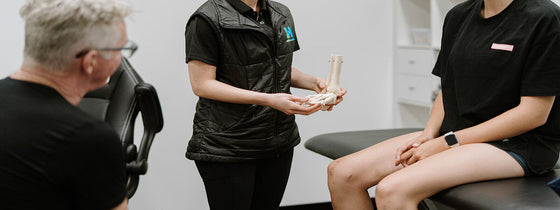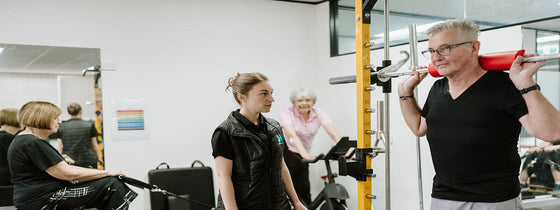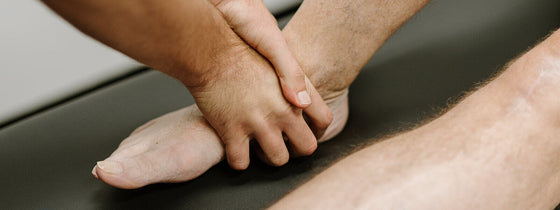
December 04, 2018
As the old saying goes …. “It’s just like riding a bike!” Simple! …. But is it?
For some, cycling is a mode of transport, for others a challenge of crazy distances and hills and for many a pleasurable way to explore the great outdoors. For whichever reason you ride, ultimately comfort on the bike will play a large role in your enjoyment.
Whilst there is very little jarring load on our joints in cycling (compared to running for example) it requires repetitive movements of the body often for quite long durations. If you think that the average cadence (revolutions per minute) for a cyclist is 90 RPM, on a 2 hour ride that is over 10,000 times!!
A cycling assessment and bikefit will help you find the best position on the bike for you, for maximum comfort and optimal performance. This will minimise the risk of injury due to overuse of joints in poor biomechanical alignment.
Every body is different, so each cyclist has unique biomechanics. Having a cycling assessment and bike fit conducted by a trained physiotherapist will take into account the way you move, your current cycling experience, injury history and YOUR goals of cycling. We put all this together to find the optimal position for YOU on your bike.
So whether you are doing the daily commute to work, chasing KOMs up Kinglake, preparing for the tri season or cruising the bike paths with the family in search of the best café, book in for a bike fit at The Optimal Health Lab and enjoy the ride!!

August 14, 2025
If you're experiencing back or neck pain with neurological signs and symptoms, a thorough neurological examination is crucial for accurate assessment and effective treatment. In this Optimal Tip learn more about what we mean by completing a neurological exam!

August 08, 2025
Squats, deadlifts, and calf raises are key movement patterns that should be part of every strength and conditioning program—regardless of age and activity level. These functional movements support joint health, improve posture and balance, and reduce the risk of injury while building strength where it matters most.

August 04, 2025
A ganglion cyst is a fluid-filled swelling that typically forms over a joint or tendon sheath, causing discomfort and pain, especially when pressing against nerves or joints. Proper assessment and treatment, including physiotherapy, are essential for managing symptoms and improving function in the presence of a ganglion in your hand, foot, or wrist.
